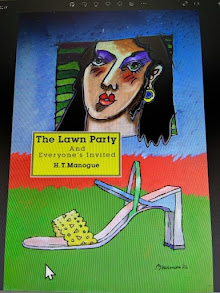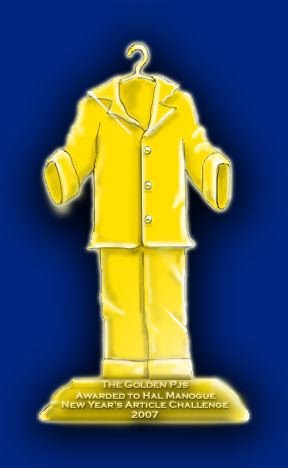While evidence of our intellectual and technological genius is all around us, there is growing concern that in other ways we have seriously underestimated ourselves. In part because of the blinding brilliance of our technological triumphs, we have distracted and dissociated ourselves from our inner world, sought outside for answers that can only be found within, denied the subjective and the sacred, overlooked latent capacities of mind, imperiled our planet and lived in a collective trance, a contracted, distorted state of mind that goes unrecognized because we share it and take it to be “normality.”
Francis Vaughn and Roger Walsh wrote those thoughts in their 1993 book, Paths Beyond Ego. Our reality is anchored to a dock of dogmas, beliefs and creeds, and we consider that information the foundation for all of our experiences. We don’t realize it, but we only use a slice of our consciousness to perceive our reality. We actually methodically choose to cut our consciousness into pieces, and then feed the pieces to the ego self as we move through the consciousness of time.
Walsh and Vaughan identify other pieces of our consciousness using a method called Transpersonal Integration. Transpersonal Integration opens avenues of thought that have been covered with the sludge of our own though-filled backwater. We begin to untangle ourselves from this bay of distorted beliefs when recognize our dualistic nature. When that happens, our polluted beliefs are overhauled in a diverse mixture, which contains other slices of consciousness. We sense these additions in unique ways.
We create our world of duplicity, and we shape it like a puzzle board. We use thoughts to put some of the pieces of consciousness together, and then feel them physically. These feeling thoughts and ideas have their own electromagnetic reality, and they generate emotions. The ego tries to maintain stability and a clear sense of focus while absorbing this information. As a new focus forms another identity develops. This inner identity becomes a composite of different characteristics and personality traits.
The new identity becomes another aspect of the self in our psychological structure. New tendencies and abilities continue to emerge from this structure. Even though we think the ego is permanent it is constantly changing as it adapts to new characteristics of the whole self. Every piece contains the whole even when we function as a piece of consciousness.










